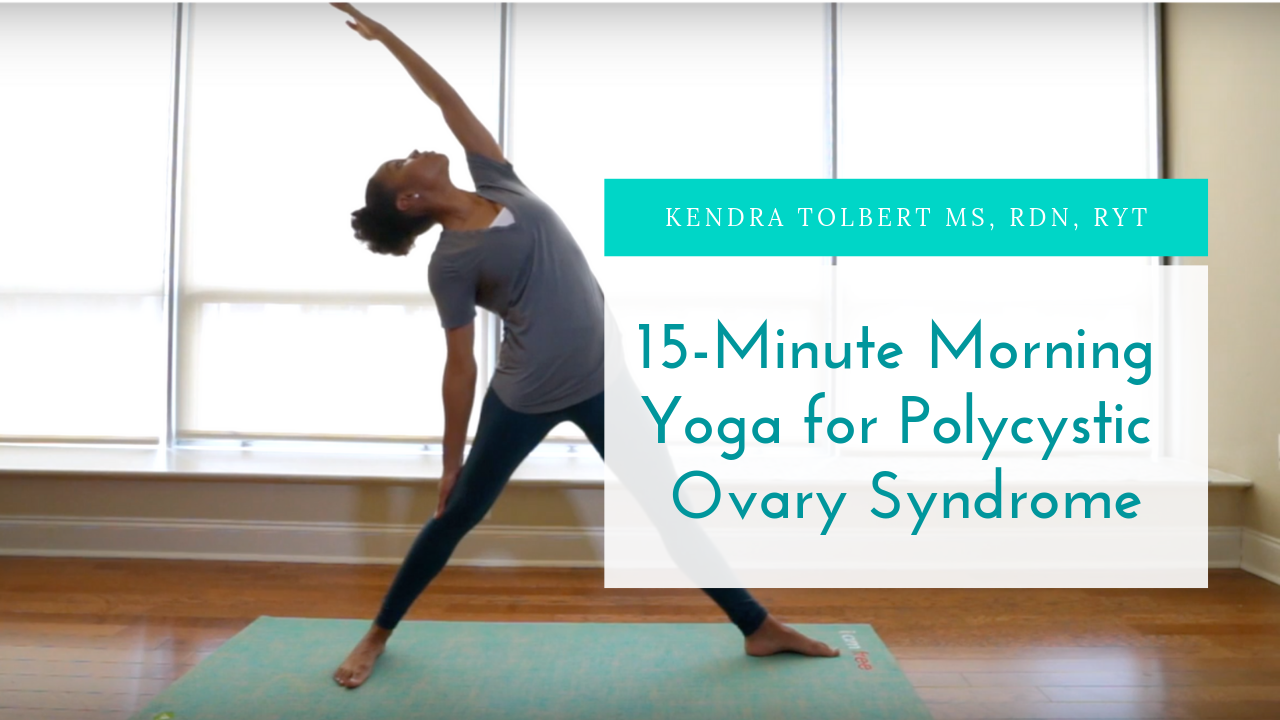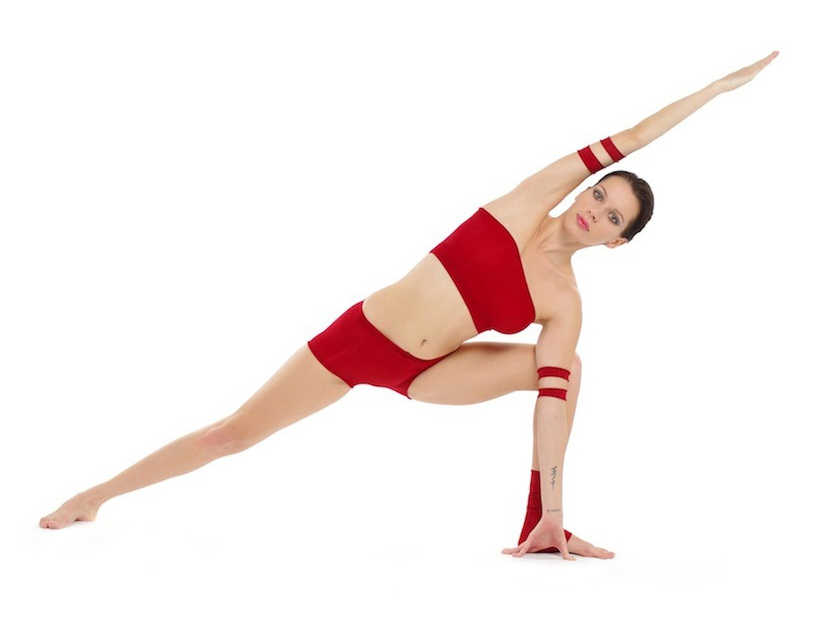
Yoga has been shown to be beneficial for RA patients. Yoga has been shown to improve posture, breathing, and reduce inflammation. What can yoga do for RA patients? We will be briefly explaining the benefits of yoga in treating RA. Read on for more information. You will also learn how yoga and RA can help patients live a more active lifestyle. What is yoga and RA?
Yoga helps with RA pain
Even though research into how yoga may help with RA pain remains in its infancy stages, there have been promising results. A 2015 study conducted by Bartlett University found that participants with RA could significantly reduce their daily pain by practicing yoga for eight weeks. They also reported improved mental, and physical health. Participants also reported fewer side effects than they did before. The researchers discovered that yoga can actually reduce the production of inflammatory cytokines within the body.
Yoga for RA pain can be beneficial in that it can reduce joint tenderness and swelling. These exercises can be tailored to suit specific joint conditions and are very customizable. These poses can also increase flexibility. Those with RA need to be active for 150 minutes per semaine. You can reduce this time if you have to. No matter the length of the exercise, any amount will make a difference in the quality and quantity of arthritis patients' lives.

It reduces inflammation
A study published in Restorative Neurology and Neuroscience shows that yoga can reduce inflammation. The study showed that yoga practice for 12 weeks led to significant decreases in markers of inflammation such as CRP, TNF-alpha (TNF alpha), and interleukin-6. All of these markers can play a role as mediators of inflammation, such as rheumatoid arthritis. The study also showed that yoga-addicted women had higher blood levels of these markers than those who hadn't practiced yoga.
A study in India found that yoga improves physical function and reduces disease activity in patients suffering from RA. Also, the results showed a decrease of C-reactive protein and rheumatoid factor, markers for inflammation. Participants showed an improvement in grip strength, a crucial indicator of disease activity. Even though the study is small, it still suggests that yoga can help reduce inflammation. However, the findings are inconsistent with other previous studies.
It improves the posture
Yoga poses can improve your posture, which will help to prevent back pain. A proper posture will not only prevent back pain, but also improve flexibility and alignment. It will also increase your energy flow. Proper posture and health are key to stress management. If you do not have a good posture, you may suffer from a variety of health conditions, including hyperkyphosis and dowager's hump.
As you might expect, posture is vital to the health and well-being of your body. A healthy spine will promote a strong nervous and energy system that allows your body's peak performance. A healthy spine can help you feel more energetic and happier. They might also be less anxious. Here are some tips on improving posture with yoga. Start practicing yoga today if you want to improve your posture.

It improves the quality of your breath
Improved breathing is one of the key benefits of yoga ra. It stimulates your lymphatic system to flush out toxins. This practice has been shown in studies to decrease stress and anxiety as well as improve overall well being. This type is known for its many benefits such as improving the immune system and lowering blood pressure. It also reduces pain. Here are some benefits of yoga ra:
During yoga practice, the breath should be connected with movement. For example, certain poses require students to move in one way on their inhale and in the opposing direction on their exhale. Others instruct students to hold a position for a set number of breaths. These breathing techniques will help relax the body and stimulate the mind. Yoga ra should be practiced with an instructor who is familiar with breathing techniques.
FAQ
How many times per week do I need to exercise?
It depends on how much time you have available and what type of exercise you prefer. You should do moderate-intensity aerobic exercise three to five days per week. It is important to not overdo it. You will get the maximum benefits from your workouts if you do not exercise consistently.
What exercises are the best?
It all depends on your fitness goals. Some people choose to focus on endurance activities, such as swimming, cycling, and running. Others enjoy lifting weights or using resistance bands. There are many types of exercise programs today. Find the best option for you.
What's a good workout routine for daily?
Regular exercise is essential to staying fit. No matter what kind of exercise you do, as long you do it consistently. The most important thing is consistency. You must be consistent if you are to see results.
Begin with a small amount of daily exercise (like walking). Gradually increase your exercise time until you are able to spend 30 minutes per day. You can choose to run, swim, weight train, do yoga or take aerobics classes.
Try to make sure you exercise on all days of the week. You should not miss any sessions unless there is a good reason.
Make sure to wear appropriate clothing and footwear for outdoor exercise. You should also consider the weather conditions that could affect your ability exercise safely.
When exercising, ensure you drink lots of water. Avoid drinking alcohol during this time because it can cause dehydration. Also, don't drink caffeine-rich beverages like tea, coffee, or cola. They can give you energy, but will also dehydrate.
After your first exercise, you may feel tired. But if your workouts are continued, you will feel more energetic.
How to Build Muscles Fast
It is important to eat healthy food and lift weights frequently in order to quickly build muscle.
When you're fresh and ready to do something, early morning is the best time for working out.
Exercises such as push-ups and bench presses are good options.
Use different weight training techniques and drink plenty water throughout the day.
Statistics
- An estimated calorie range for moderately active adult males falls between 2,200 to 2,800 calories per day, depending on age. (eatright.org)
- According to the American Academy of Dermatology (AAD), men over 50 are at a heightened risk of developing it. (healthline.com)
- By John Thompson Take a whopping 38% off a set of PowerBlock Pros. (menshealth.com)
- Candidates and applicants must pass all four tests at 70% (minimum level) to graduate from Basic Deputy U.S. Marshal (BDUSM) Training. (usmarshals.gov)
- According to the American Heart Association, blood pressure should be checked at least once every two years, beginning at age 20. (my.clevelandclinic.org)
External Links
How To
What should I eat before a workout?
To lose weight, you need to eat fewer calories than you burn during exercise. You should also consume all nutrients.
These include protein, carbohydrates and fats as well as vitamins.
The best way to achieve this is to eat smaller meals throughout a day rather than three large meals.
It is possible to not do as well if your body is too full when you work out.
You could try drinking water instead of energy drinks which contain caffeine and sugar. This helps keep you hydrated and energized.
However, make sure you are consuming enough fluids. Drinking too much water could dilute the electrolytes in your system.
Your body needs electrolytes for proper functioning.
Sports drinks are an option if you don't have water. They are rich in sodium, potassium, calcium and magnesium as well as other minerals.
This helps replenish electrolytes that have been lost. But they won't replace what your body has lost due to sweating.
You could also consider taking a multivitamin tablet if you are concerned that you might lose too much salt from exercising.
These products contain more vitamin B6, which regulates the level of sodium in the body.
However, you shouldn't rely on supplements if you don't know how much salt you're getting from food and beverages.
They aren’t regulated under the Food and Drug Administration.
One example is that some sports drinks contain more sodium.
Some sports drinks could even contain artificial sweeteners. These may cause digestive problems.
You could use sea salt if you are concerned about taking too much salt.
It has fewer chemicals than table salt.
Sea salt has a low level of iodine. It is an additional mineral required for healthy thyroid function.